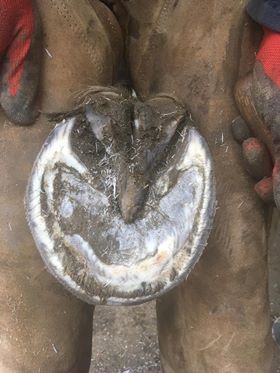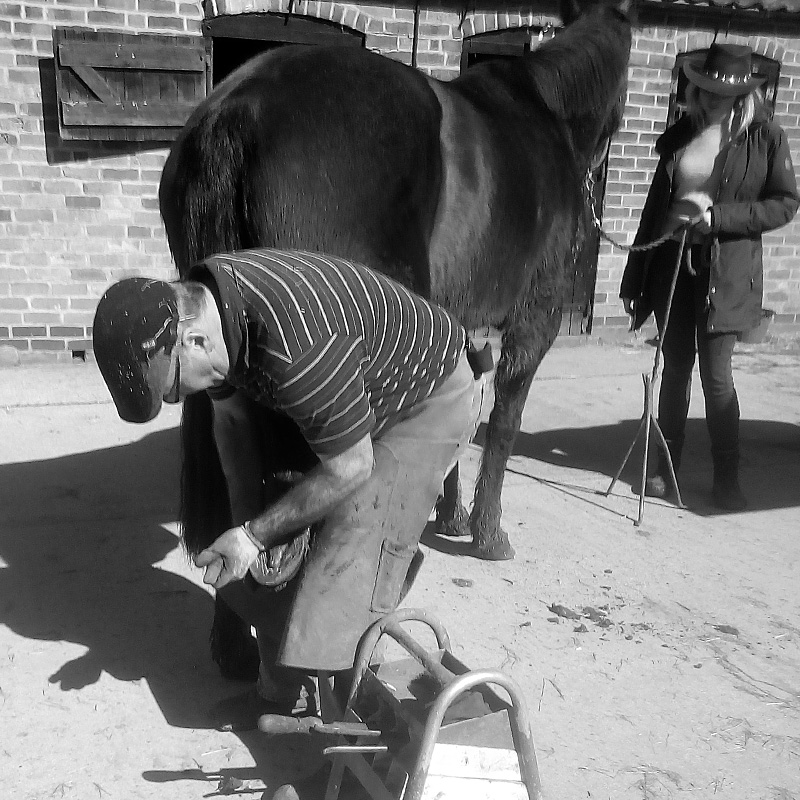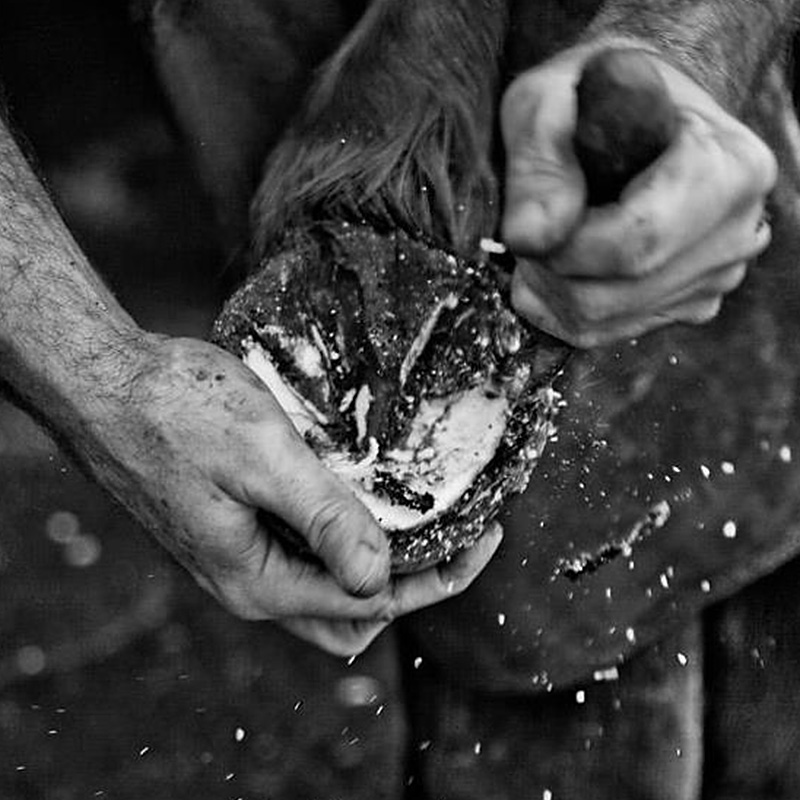Laminitis
You can prevent laminitis by avoiding high risk situations. The following is a list of "causes" or circumstances which can commonly precede the onset of laminitis. Obesity is the most common high-risk situations which lead to laminitis. The secret to avoiding laminitis in this situation is not to turn the horse out whilst he is fatter than condition score 3. This means he should not have a fat depot along his crest or at the tail head, around the sheath or udder or over the loins. You should be able to feel his ribs easily by running your hand along his side yet you should not be able to see his ribs. Overeating on foods rich in carbohydrate or rapidly fermentable fibre i.e. cereals, coarse mixes, rapidly growing or fertilised grass Any illness which involves a toxaemia. This may be a bacterial infection or following the ingestion of plant or chemical toxins. Cushing's Disease. This is a condition which follows an abnormality affecting the pituitary gland in the horse's head. It results in the horse failing to shed its winter coat. The coat becomes long and matted and eventually curly. The horse drinks and eats increased amounts of food while sweating excessively and losing weight. Concussive laminitis. When horses are subjected to fast or prolonged work on hard surfaces, they may develop laminitis as a result of trauma to the laminae, particularly if their horn quality is poor. Stress. Worming, vaccination, traveling or separation from a "friend" can trigger an attack of laminitis. Drug induced laminitis. Although some wormers can precipitate laminitis, the most common group of drugs which cause laminitis are the corticosteroids. Even injecting short acting corticosteroids into joints can cause severe laminitis.
If your horse has laminitis. The first thing to realise is that although this shown in the feet, it is not the feet that are the problem, the feet are showing that something has gone wrong within the equine’s health.
- Remove shoes. Natural movement enables blood circulation through the horse’s hooves.
- Move the horse to a Dry Lot. A yard with soft sand is ideal to house them on, a soft surface & boots will help them to be comfortable. Gradually increase exercise.
- In severe cases, having polystyrene pads taped to the feet can help support the sole while relieving pressure on the toe.
- Standing them in cold water with Epsom salts for 10-15min will help.
- Do not feed processed foods. Take steps to drastically lower sugar & potassium intake (NO grains, Lucerne, clover, rye-grass, soy or molasses)
- Water & rock salt should be available.
- Double-bag the hay in small mesh Hay-Savers. (Do not feed rye or clover hay, or hay that has come off highly fertilised land).
- Soak it for an hour. The hay needs to be hard to access without running out.
- Have them trimmed regularly but not severely.
Source of information: www.laminitis.org and www.calmhealthyhorses.com





